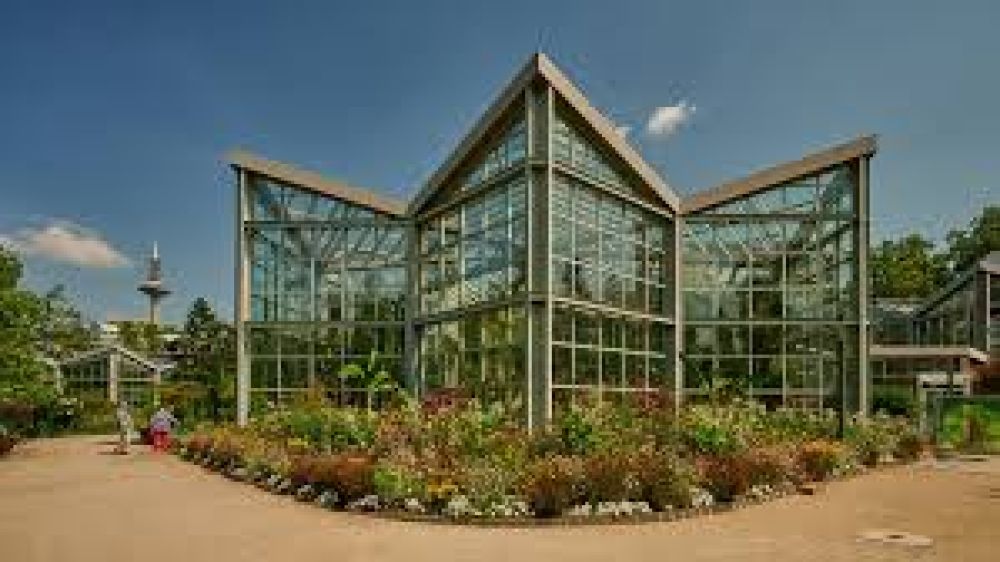

The Palmengarten of Frankfurt is one of Germany's most exceptional botanical gardens and has been a significant attraction for both locals and tourists since its inception. It was opened to the public in 1871 after being financed by the citizens of Frankfurt, showcasing the enthusiasm and collective spirit of the community towards natural beauty and horticulture. The idea was conceived by Heinrich Siesmayer, a prominent landscape gardener, who designed the garden resembling a natural landscape with exotic flora segregated into geographical sections.
Initially, the Palmengarten provided visitors an opportunity to see and learn about exotic plants that were not native to Germany's climate, and it quickly gained popularity. With its combination of greenhouses, outdoor gardens, and the Chinesischer Garten (Chinese Garden), the Tropicarium, and the subtropical greenhouse complex, the Palmengarten became a destination for those seeking knowledge, relaxation, and a picturesque environment.
During the Second World War, the Palmengarten suffered extensive damage, but it was rebuilt and expanded post-war, becoming even more attractive to visitors. The renewal of the Palmengarten in the 1950s and the opening of the Grünhaus in 1978, which houses a collection of plants from the Canary Islands and the Mediterranean, further cemented its status as a primary destination for plant enthusiasts and tourists alike.
In recent years, Palmengarten has embraced several trends to enhance the visitor experience and maintain its relevance in an ever-changing tourism sector. Among the latest trends observed at the Palmengarten are:
The Palmengarten continues to be an urban escape offering education, conservation, and recreation. As a living museum, it adapts to the evolving expectations of travelers while preserving the rich plant life that makes it an important part of Frankfurt’s cultural heritage.